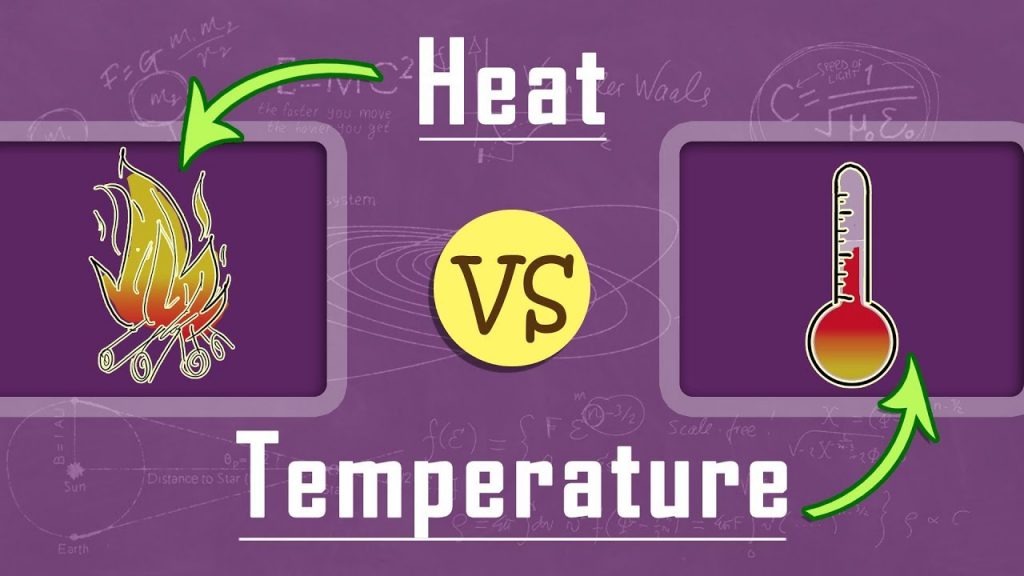Which ball has the heat transferred when ball m = 10 kg, another ball m - 75 kg at 25 degrees and they are in contact.
1 Answer
Since the temperature of 10 kg ball is higher so the heat transferred from that ball to another ball of mass 75 kg because heat flows from higher temperature to lower temperature.
Various heat transfer mechanisms exist, including convection, conduction, thermal radiation, and evaporative cooling.Q = m × c × Δ T Q=m \times c \times \Delta T Q=m×c×ΔT is the formula of heat transfer. Unlike conduction and convection, radiation does not need matter to transfer heat. Energy is radiated from the sun, through the vacuum of space at the speed of light. When this energy arrives at Earth, some of it is transferred to the gases in our atmosphere.
Convection is the transfer of heat by the actual movement of the warmed matter. Heat leaves the coffee cup as the currents of steam and air rise. Convection is the transfer of heat energy in a gas or liquid by movement of currents. (It can also happen is some solids, like sand.)The factor k is called the thermal conductivity constant. The thermal conductivity constant k is larger for materials that transfer heat well (like metal and stone), and k is small for materials that transfer heat poorly (like air and wood).
The convective heat transfer coefficient (h), defines, in part, the heat transfer due to convection. The convective heat transfer coefficient is sometimes referred to as a film coefficient and represents the thermal resistance of a relatively stagnant layer of fluid between a heat transfer surface and the fluid medium.Most of the preheating of fuels ahead of a fire is by radiation of heat from the fire. As the fire front gets closer, the amount of radiant heat received is increased. Convection is the transfer of heat by the physical movement of hot masses of air. As air is heated, it expands (as do all objects).
Cooking with radiant heat is a more physical process. ... These elements radiate their heat without appreciably warming the surrounding air. Then the heat is sent out in waves through the ceramic cover to the cookware. This is the traditional process for heating and cooking food that most of us are accustomed to.


